Fidelity vs Schwab: Side by Side 2023 Comparison
Last Updated: March 10, 2023
Charles Schwab Vs Fidelity: Side by Side Comparison
Charles Schwab vs Fidelity: Ease of Use and Trading Offerings
Fidelity vs Charles Schwab: Fees
Security
Mobile Apps
Fidelity vs Schwab: Customer Service Comparison
Who Is Fidelity Best for?
Who Is Charles Schwab Best for?
Final Thoughts: Which Is Better, Fidelity or Charles Schwab?
Fidelity vs Schwab is a common comparison between the two arguably biggest investment companies.
While Fidelity often gets overall better scores on reviews, this is really a matter of nuances. Fees are fairly similar — both of these companies have low, competitive prices. Also, they’re great for day trading. But there are slight differences regarding their mobile experiences and how good they are for beginner and intermediate users.
Here’s some info to help you put all of this into perspective!
Charles Schwab Vs Fidelity: Side by Side Comparison
Currently, the value of the global stock market is around $95 trillion. Moreover, 55% of adults in the US have invested money in the stock market. This is just one of the reasons why the Schwab vs Fidelity comparison is so relevant. People are naturally looking for the best venue to optimize their trading experience and maximize their stock market return.
Without further ado, let’s see what Schwab and Fidelity have on offer!
Both of these online stock brokers have the same account types available. Schwab and Fidelity investment options are also similar. Yet, there are some differences. So, check out the table below!
| Fidelity | Charles Schwab | |
| Fiduciary | Yes | Yes |
| AUM | $4.9 trillion | $3.25 trillion |
| Account Minimum | $0 | $0 |
| Broker-Assisted Trades | Yes ($32.95/trade) | Yes ($25.00/trade) |
| Mobile App | iOS, Android | iOS, Android, Fire OS |
| Robo Advisory Service | Yes ($0, or $3 per month, or %35 per year, depending on the balance) | Yes ($300 one-time planning fee + $30.00/trade) |
| Account Types | Traditional IRA, Roth IRA, Individual, Joint, 529 Plan | Traditional IRA, Roth IRA, Individual, Joint, 529 Plan |
Since both platforms have traditional IRA and Roth IRA accounts, it’s also logical to make comparisons between:
- Traditional IRA accounts of both Fidelity and Charles Schwab
- Fidelity vs Charles Schwab Roth IRA accounts
Also, as you may have noticed, both brokers offer a robo advisory service. This is an affordable way to build and manage your investment strategy, especially if you lack expertise.
Finally, while a stat and costs comparison may reveal quite a bit, concepts like user experience don’t necessarily correspond to these results. So, let’s delve a bit deeper into the Charles Schwab vs Fidelity comparison.
Charles Schwab vs Fidelity: Ease of Use and Trading Offerings
When it comes to the online broker comparison in terms of the platform layout, Charles Schwab is cleaner but not as intuitive as Fidelity. In other words, it may be better for intermediate and advanced users, whereas Fidelity is slightly more beginner-friendly. But, once again, it’s a game of nuances.
For those who use credit or debit cards, it’s important to mention that Schwab reimburses at the end of the month. On the other hand, Fidelity reimburses right away.
When comparing product offerings, the differences in choosing Charles Schwab or Fidelity are rather subtle. They both offer:
- stocks
- fractional shares
- pink sheets
- options
- mutual funds
- bonds
- international trading
Even the total number of mutual funds offered by these two companies is fairly similar (around 9,800).
When it comes to no-fee mutual funds options, Schwab offers almost twice as many options (7223 compared to 3786). And the most significant difference comes in the fact that Charles Schwab offers futures trading, while this option is not available on Fidelity.
Yet, the Fidelity trading platform supports several options, which Charles Schwab still doesn’t.
Fidelity offers IPOs, precious metals, and CDs.
Making a trading platform comparison, it’s also worth mentioning that both companies trade in international markets.
Fidelity offers trading in 25, while Schwab trades in 30 foreign markets. However, while Fidelity offers trading in 16, Schwab trades in 7 local currencies. While this may not be a huge difference or a massive advantage, it’s still noteworthy.
Unfortunately, neither of the two offers forex or crypto trading, even though Charles Schwab offers Bitcoin futures for trade. Still, if you’re looking for a crypto exchange, consider other options.
Fidelity vs Charles Schwab: Fees
The next Fidelity vs Schwab comparison is one of the fees. Again, it’s important to stress out from the very start that these two platforms are pretty similar when it comes to rates.
The cost of trading futures on Charles Schwab is $2.25 per contract. Fidelity, on the other hand, doesn’t offer this product.
When it comes to the stock broker comparison, both of these platforms have a $0 stock trading fee. This marks them as great options for beginners. The same goes for ETF trade and options trading (base fee). However, in regards to options trading, Fidelity and Schwab charge $0.65 per contract.
Also, there’s a difference when it comes to broker-assisted trades. Namely, the service costs $32.95 per trade on Fidelity, while Schwab charges $25.00 per trade. So, in this Schwab vs Fidelity portfolio advisory service fees comparison, it’s clear that the latter is a more expensive option than its counterpart.
When it comes to margin trade and margin rates, it all depends on the volume of trades.
The costs for margin trades on both of these platforms are the same all the way up to the $500,000 mark — from 8.325% to 6.575%. From there to $1 million, the margin rate on Fidelity is 4.25%, while the cost on Charles Schwab is 5.08%. The difference is just as significant past the $1 million mark. There, margin rates on Fidelity are 4.00%, while on the Charles Schwab platform, they’re 4.70%.
When comparing account fees, neither of these two platforms has an IRA annual fee. However, when comparing IRA closure fees of Fidelity vs Charles Schwab, it’s important to mention that Fidelity has no closure fees. In contrast, the closing fee on Schwab is $50.
Moreover, Charles Schwab has some additional fees. For instance, partial account transfers out cost $25, while full transfer out costs $50. Both the returned ACH fee, and the returned wire fee cost an additional $25. On Fidelity the cost of these services is $0.
In the end, while trading fees are comparable or slightly in favor of Charles Schwab, margin rates and account fees are heavily in favor of Fidelity.
Security
As big names in the industry, Schwab and all major Schwab competitors (including Fidelity) are held up to the highest standards. These brokers have platforms that are optimized for protection against unauthorized or fraudulent activity. For this, they use biometric recognition technology and multiple-step recognition.
The total SIPC coverage on Charles Schwab per customer is around $1.9 million. The best thing about this is the fact that there’s no per-customer dollar coverage.
Still, both those using Fidelity stock broker and its counterpart need to be aware of the risks on their own. In terms of investment risk, the online trading broker comparison of these two major platforms is relatively close, as well. Namely, you need to keep in mind that the coverage in question is supposed to protect you from fraud, not a bad investment. For higher safety, it might be a good idea to use a stock screener, as well.
Mobile Apps
When it comes to the mobile experience, both platforms support Android and iOS. Moreover, both apps are quite decent at what they do. In terms of user-friendliness, however, most users agree that the Fidelity app is easier to use.
The main reason behind this is that the app developers clearly had in mind the average (and not veteran) user in mind when making it. This is why there’s an emphasis on basic information on every page.
The best example of this is the investment portfolio of an individual user, which dominates the home screen. Here, one can see pricing information and options to buy/sell as soon as they start the app. The problem lies in the fact that the more sophisticated services of the app thus become harder to access. Great mobile presence further contributes to Fidelity being one of the best day trading platforms out there.
On the other hand, the Schwab app is slightly more complex from a technical standpoint. Nonetheless, it has a lot to offer to those looking to implement various sophisticated trading strategies directly from their mobile app. Some would argue that this puts it ahead as a platform for those users who see mobile as their primary trading device.
In terms of features, Fidelity has stock alerts, whereas Charles Schwab doesn’t. On paper, this may not seem like that much of a difference, but in practice, it’s a relevant criterion for comparing online brokers. Then again, both platforms have watchlist syncing features and heat mapping.
Fidelity vs Schwab: Customer Service Comparison
Both companies offer phone and email support to existing and prospective users. Charles Schwab phone line is available 24/7, and there are more than 360 company branches where clients can come in person with a concern or a complaint. The average waiting time here is usually less than 1 minute. Fidelity also has a 24/7 available phone line and about 200 investor centers offering live support.
Charles Schwab and Fidelity also offer live chat options. This, nonetheless, is where Fidelity starts getting a slight competitive edge. Namely, Charles Schwab only provides a live chat option to its current customers. Fidelity, on the other hand, offers this service to prospective customers, as well. Yet, the service has limited working hours. Schwab, on the other hand, offers 24/7 live chat support. Undoubtedly, this is a massive factor of customer support efficiency for investment platform comparison.
Who Is Fidelity Best for?
Fidelity is almost unparalleled when it comes to the availability of learning resources. In fact, it’s highly unlikely that companies like Fidelity will ever offer as many resources on so many different investment types and trading services. Planning and advice, especially its broker-assisted features, are incredibly comprehensive.
This platform also has more trading options than the vast majority of its competitors. Those looking to diversify their portfolio often put 10%-20% of all their assets into commodities (typically precious metals). Unlike Fidelity, Charles Schwab doesn’t offer commodity trading, which is essential to stress out in this broker comparison.
While Fidelity brokerage account fees may not be the lowest in the industry, the platform is quite reasonably priced when it comes to the majority of services and fees. Even with Fidelity Go, if you have a balance lower than $10,000, you don’t have to pay an annual fee for the robo-advisory service.
In addition, the basic screener on Fidelity is somewhat superior to that of Schwab. Namely, Schwab heavily relies on StreetSmart edge.
Who Is Charles Schwab Best for?
When looking for companies like Charles Schwab, the first comparison that comes to mind is the number of retail locations. Here, even industry titan like Fidelity simply cannot compare.
Namely, Charles Schwab has as many as 360 retail locations, while Fidelity only has around 200. Of course, with a greater number of offices comes better coverage.
Another thing at the top of the pro list for Charles Schwab is that the platform’s interface (on all devices) is highly customizable. This allows the user to personalize the dashboard and optimize it for their own use. In other words, it offers more value to intermediate users.
Schwab StreetSmart Edge is another great reason to pick this platform over its competitor. The real-time quotes-and-trading platform provides users with an incredible level of insight. It helps out with research, finding investment opportunities, analysis, placing trades, and even account management.
The platform also offers access to a number of sophisticated analytical tools, which can support your trading quite a bit.
Final Thoughts: Which Is Better, Fidelity or Charles Schwab?
As major names in the investment field, both Fidelity and Charles Schwab offer a wide array of services. Also, with a huge pool of investors, these platforms are meant for users of all knowledge/experience levels and portfolio values.
Yet, when comparing Fidelity vs Schwab, it’s important to mention that Fidelity is a bit beginner-friendlier than its counterpart. On the other hand, Schwab has a mobile app that allows more options to intermediate and advanced users.
In general, Fidelity offers more trading products and better learning options, while Charles Schwab offers more low-cost investment options.
But in terms of fees, services, and trading options, these two platforms are fairly similar. This is why this particular broker comparison pair is so logical and commonly seen in reviews.
Ultimately, the Fidelity vs Schwab choice is the first important decision in your investment journey. So take your time to weigh all the pros and cons listed above!

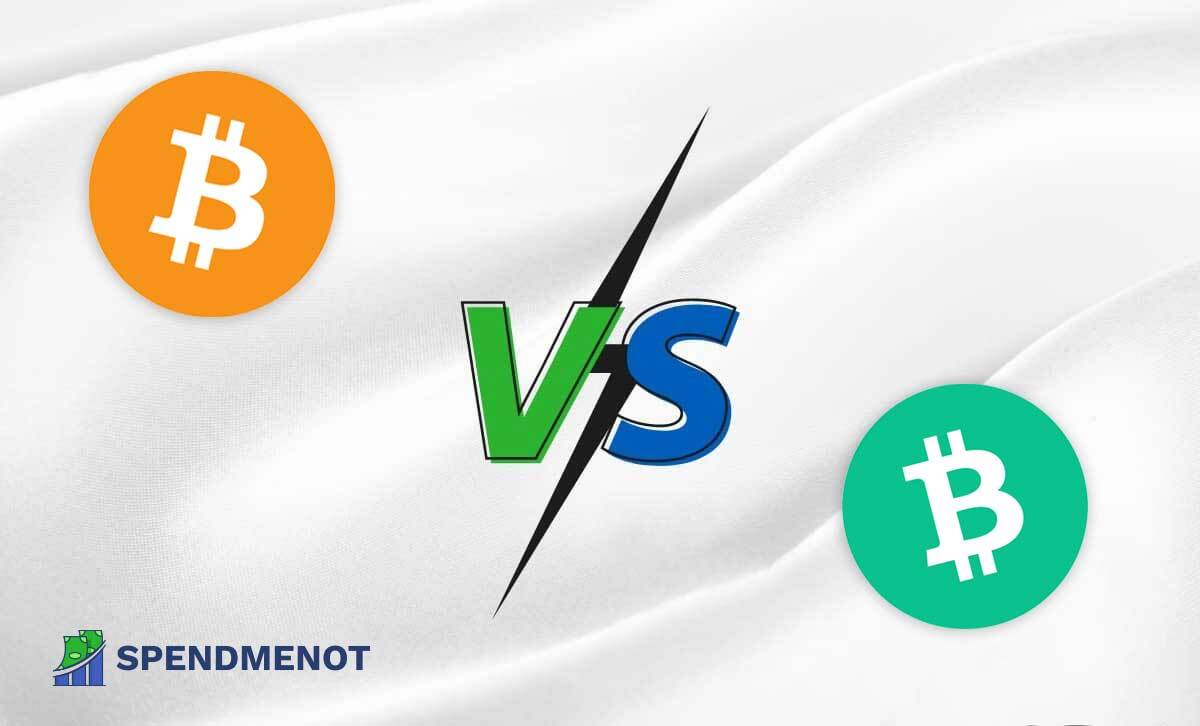
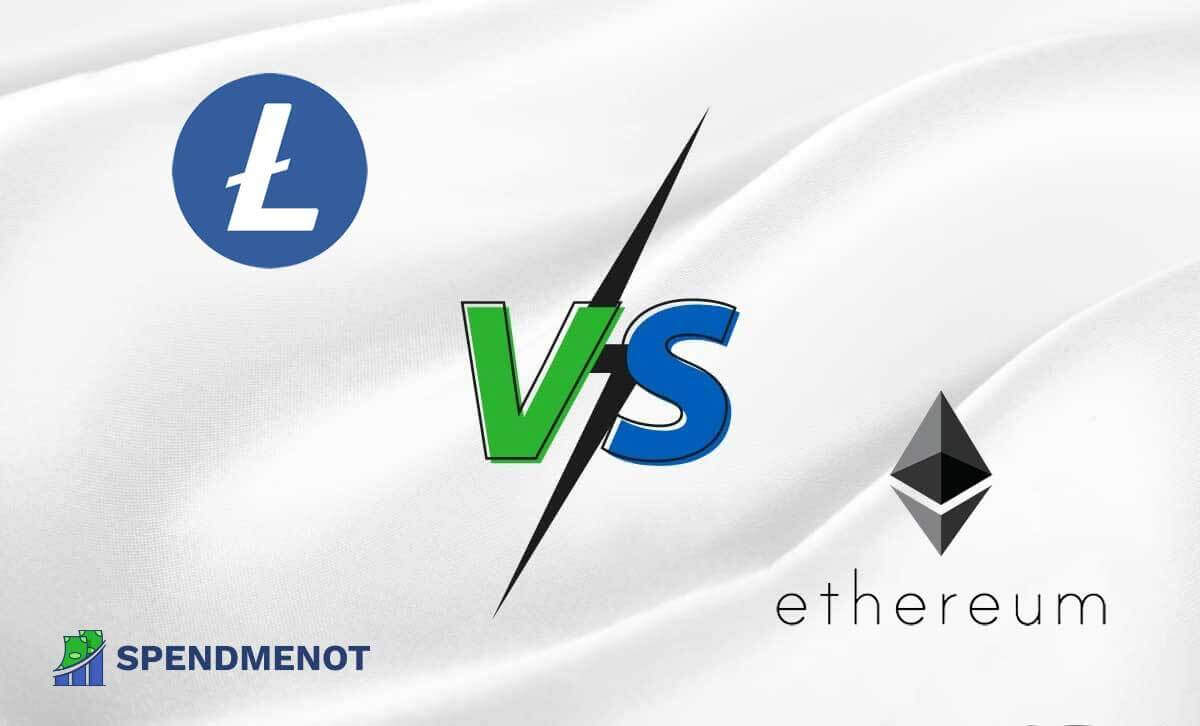
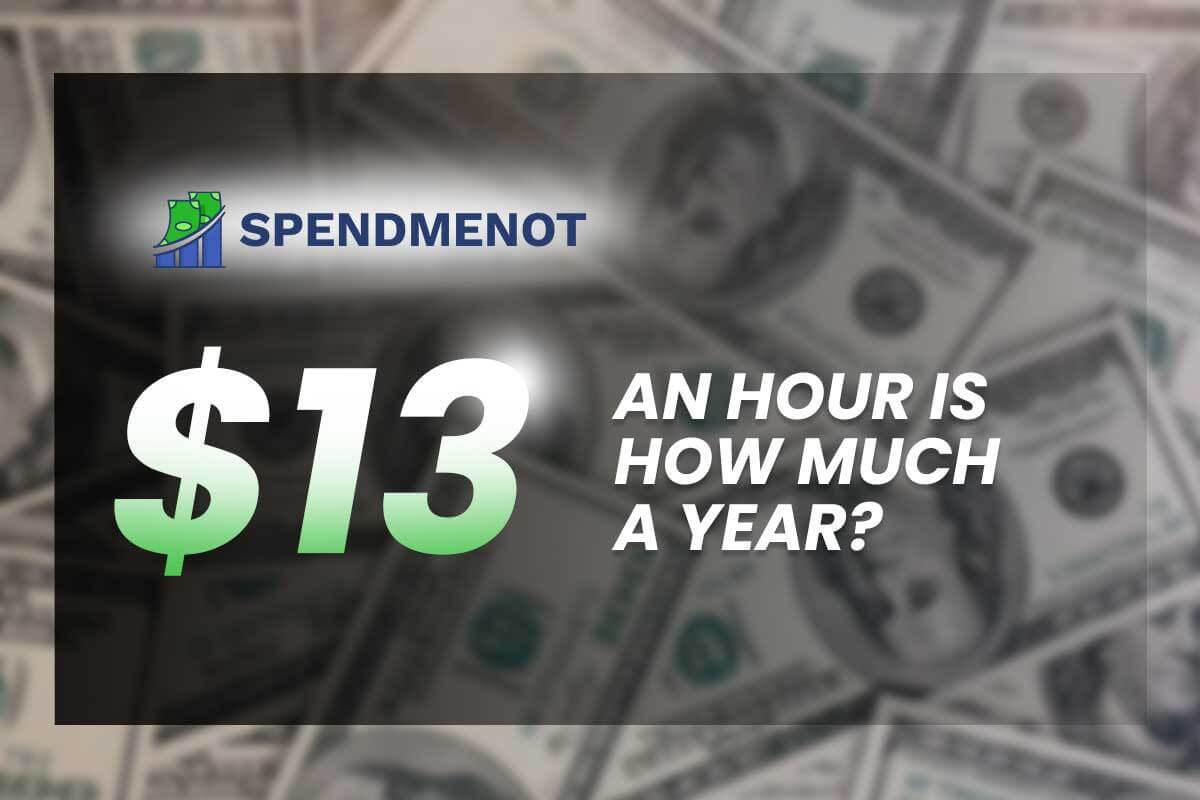




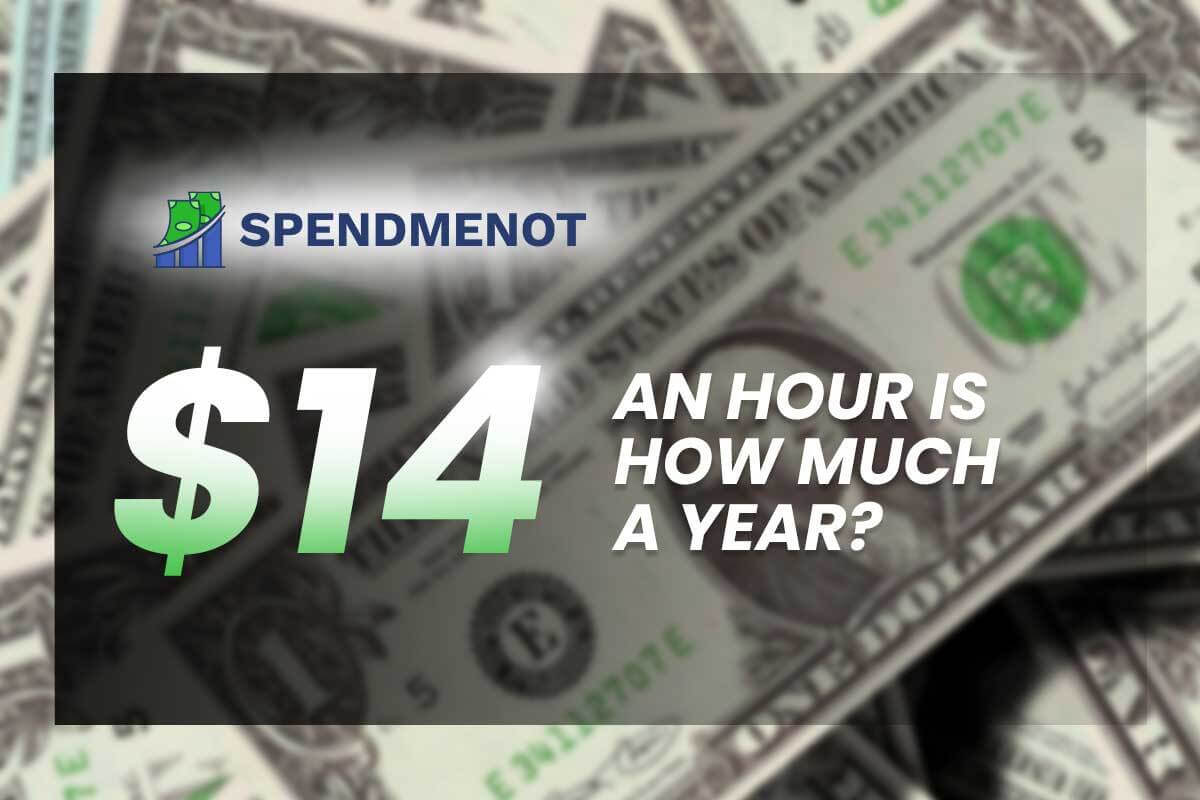
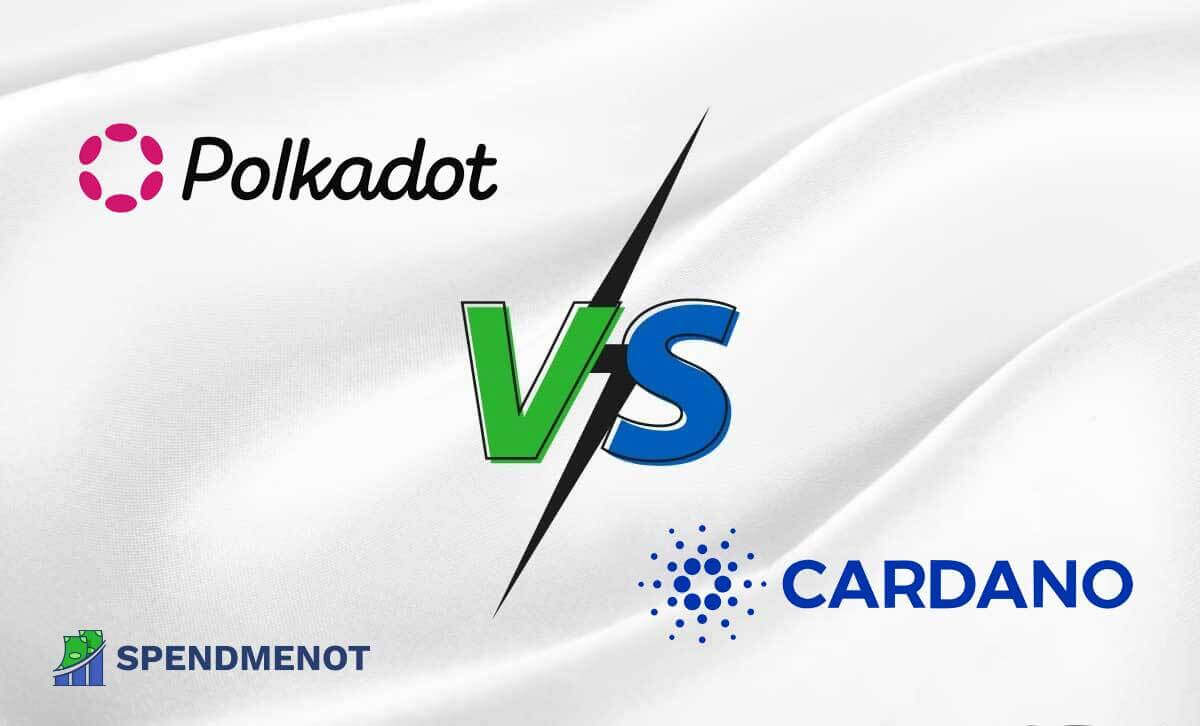

ashwin sasichandran
September 20, 2021 at 3:53 pm
Fidelity is the biggest joke in Finance. I am so incredibly sorry I chose them to manage my tesla 401k. I ended up making more contributions to my account and fidelity froze my assets which in turn stopped and flagged my coin base crypto wallet and then I missed a huge jump in multiple assets that I would have been able to sell off.
pamela S.
November 12, 2021 at 6:02 pm
Impossible to get customer service on phone with Fidelity! Schwab is fast and easy there! Way less headaches!!
killmenot
April 21, 2022 at 8:38 pm
Charles Schwab, founder, is a major contributor of political donations to the American sedition caucus in Congress, and to the corrupt administration of the “celebrity apprentices” who occupied the executive branch from 2017-2021. The majority of Americans do not wish to encourge this anti-democracy behavior, so Fidelity is the preferred choice. Abigail Johnson is by far, a more responsible steward of democracy and planet earth.